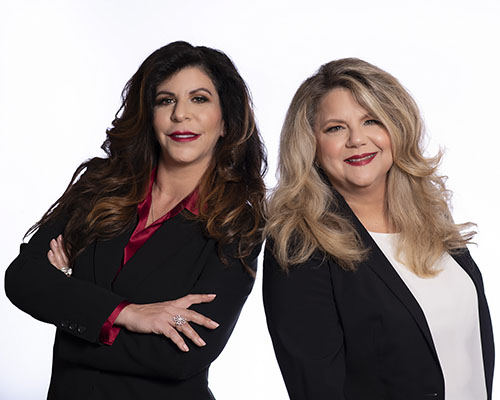Uterine tachsystole and uterine hyperstimulation are two conditions that pose a serious risk to birthing parents and their babies. In this article, we’ll define these two terms and explain how they relate to birth injury law.
Key Takeaways
- Uterine tachsystole is a condition of excessively frequent uterine contractions during pregnancy
- Uterine hyperstimulation is what happens when uterine tachsystole leads to a nonreassuring fetal heart rate pattern
- Possible complications of uterine hyperstimulation include hypoxia, ischemia, fetal acidemia, and more
- Causes of uterine tachsystole include induced labor, epidural use, preeclampsia, and more
- It is known that induced labor carries a risk of uterine hyperstimulation, which is very dangerous for both the birthing parent and the baby
What Is Uterine Tachysystole?
Uterine tachsystole is a condition of excessively frequent uterine contractions during pregnancy, most often seen as a result of induced or augmented labor. However, uterine tachsystole can also occur during spontaneous labor
There are slight differences in how uterine tachsystole is calculated, but it is generally defined as more frequent contractions than once every two minutes, or more than five contractions in ten minutes averaged over a period of 30 minutes. When a single uterine contraction lasts longer than two minutes, it is called uterine hypertonus.
What Is Uterine Hyperstimulation?
When either uterine tachsystole or uterine hypertonus lead to a nonreassuring fetal heart rate pattern, it is called uterine hyperstimulation. This is a serious complication, potentially leading to issues such as:
- Impairment to uteroplacental blood flow
- Fetal heart rate abnormalities
- Hypoxia, or oxygen deficiency
- Ischemia, or inadequate blood supply
- Acidosis, or excessively acidic condition of body fluids and tissues
- Uterine rupture
- Fetal acidemia, or when the baby’s blood becomes too acidic at birth
Uterine hyperstimulation is a risk with all labor induction methods and is especially a concern with induction of labor at term.
Causes of Uterine Tachsystole
Some things that have been found to potentially cause uterine tachsystole include:
- Induction of labor
- Hypertension
- Preeclampsia
- Epidural use
- Labor-stimulating medication such as oxytocin or misoprostol
Uterine Hyperstimulation and Birth Injury Law
It is known that induced labor can cause uterine hyperstimulation and that uterine hyperstimulation can put both the fetus and the birthing parent at risk of injury or even death. If you experienced complications of uterine hyperstimulation, it is worth considering whether or not a healthcare professional’s negligence played a role in it. It is recommended that you speak to an experienced birth injury attorney to explore whether or not you may have a viable medical malpractice case.







